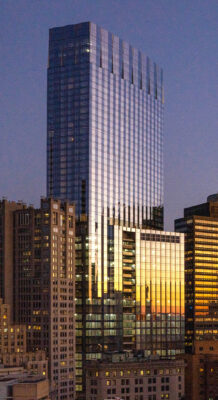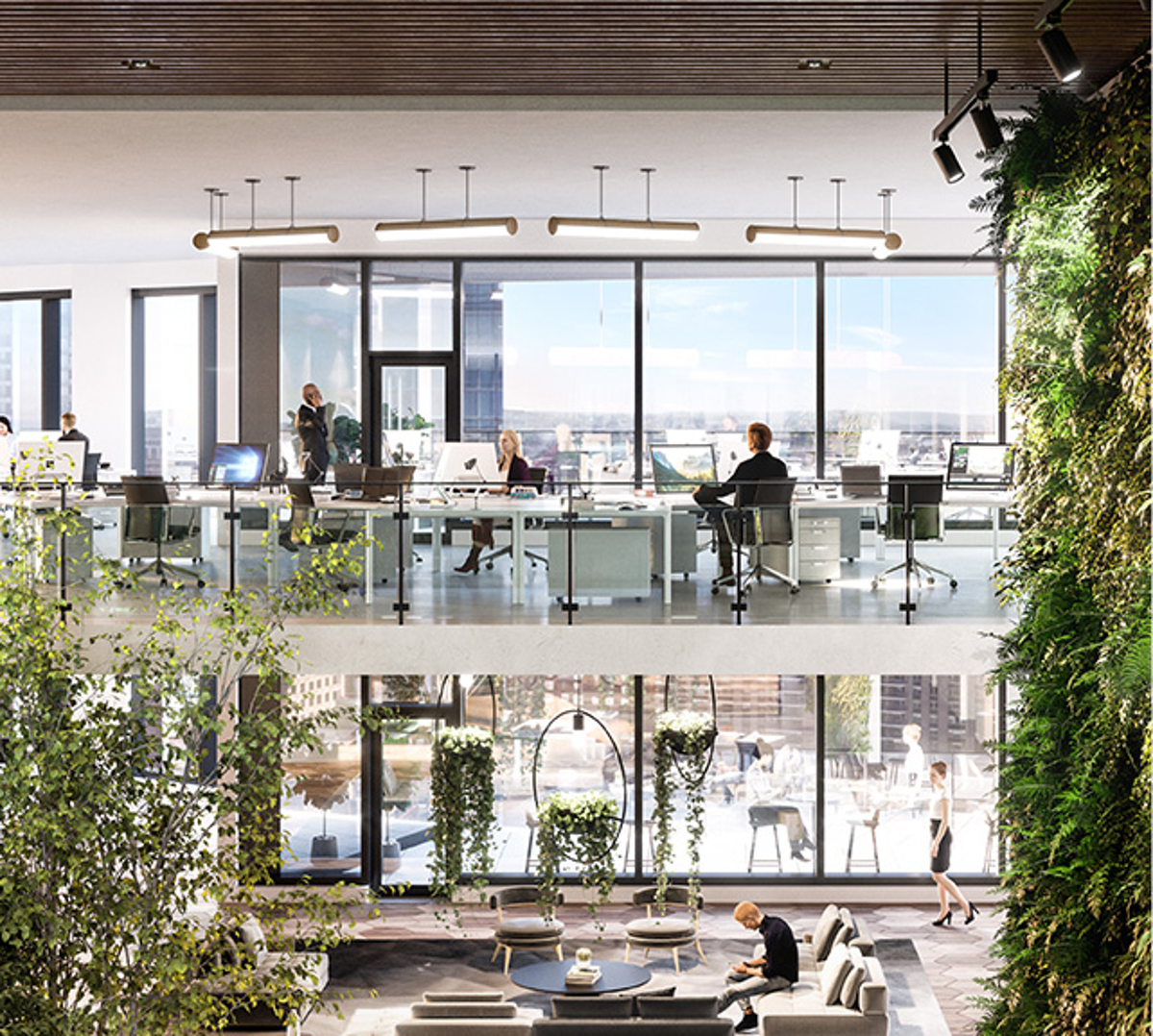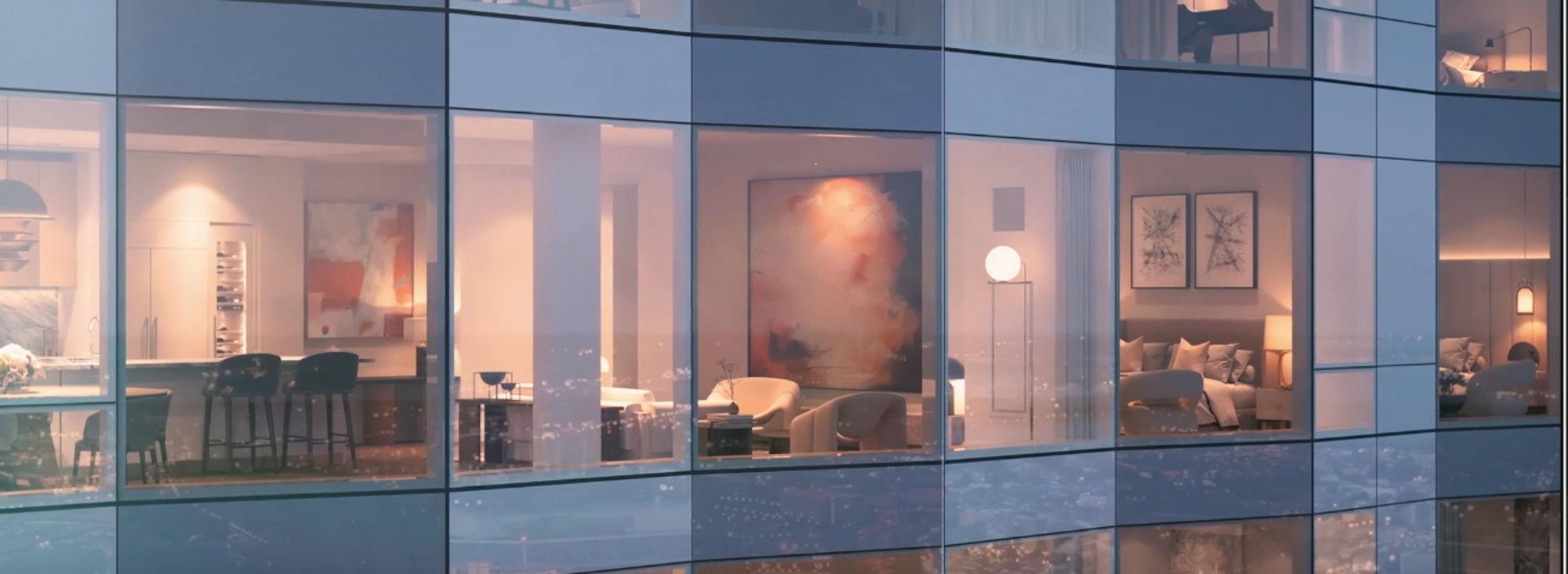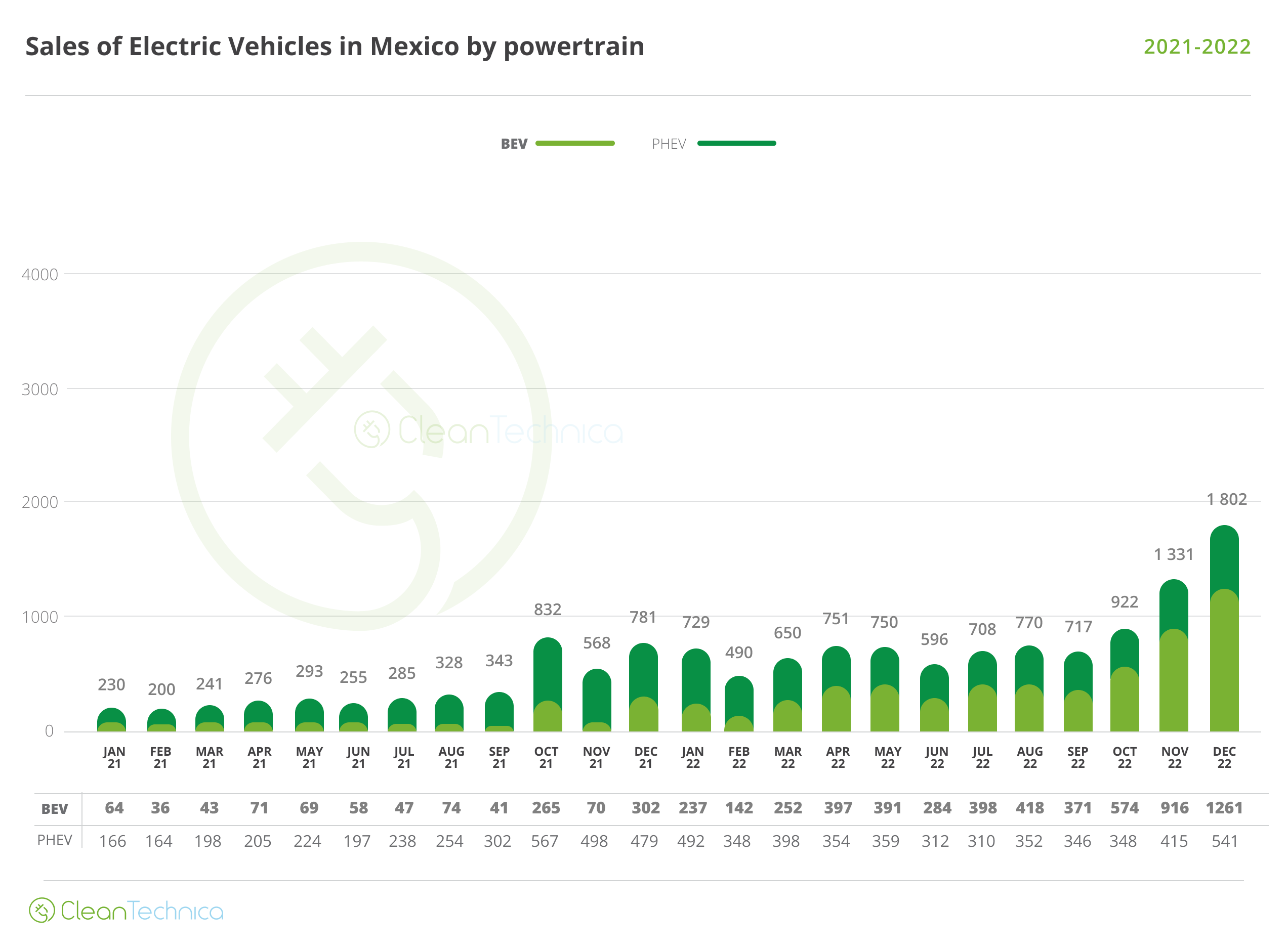Sign up for daily news updates from CleanTechnica on email. Or follow us on Google News!
Millennium Partners, in collaboration with MIT, has delivered the world’s largest building — 812,000-square-feet near Faneuil Hall in Boston’s historic district — ever to meet the Passive House Network standard. In addition, it meets the LEED Platinum standard set by the US Green Building Council and has been WELL Gold certified.
At a celebration on October 5, 2023, Millennium Partners founder Christopher Jeffries said taking an idea for single family homes that started in Germany and applying it to a 53-story mixed use office tower sounded a little bit crazy, but now that crazy idea has become reality, thanks to a number of advanced technologies.
The secrets of the building include an airtight building envelope, triple pane windows, and an advanced heating and cooling system that is more efficient than what is found in ordinary buildings. According to Ken Levenson, executive director of the Passive House Network, “It’s proof that Passive House [performance] is applicable to many, many” types of buildings — not just homes, as the name suggests.
What Makes A Passive House Building Special?

Image courtesy of Millennium Partners
The Passive House criteria constitute the only internationally recognized, performance based energy standard in construction. Certified buildings are precisely engineered to keep the outside weather out and the inside comfort in — all while consuming a minimal amount of energy. Buildings designed this way use up to 80% less energy than similar structures, according to a July report by the Passive House Network.
Passive House design also prioritizes indoor air quality, Levenson said. Unlike most office buildings, Passive House constructions don’t recirculate air. Instead, sophisticated energy recovery ventilators filter and warm or cool incoming air using the thermal energy pulled from the outgoing stale air. That way, the air stays fresh while keeping out pollutants. It’s a feature that’s all the more important as a warming climate exacerbates wildfires and their smothering smoke, which since 2016 has been eroding decades of air quality gains.
“It’s never been more clear that America has two kinds of housing — in buildings that are prepared for climate change, and in buildings that are not,” Ken Levenson said. “And now the data shows that we can build multi-family, all-electric housing that can help residents face the challenges of the 21st Century at the same cost or less than traditional buildings. This is how we build smart, and it should be standard building practice throughout America.”
Pay A Little More Now, Save A Lot Later
The Passive House Network says certified projects like Winthrop Center typically cost 3 to 5% more than conventional buildings. But with experienced project teams and careful attention to the design standards from the outset, the price differential can shrink. In the case of the $1.3 billion Winthrop Center, the office space cost just 2 to 3% more than a typical construction, according to the developer.
Since Passive House buildings are designed to conserve so much energy, they’re also cheaper to operate, delivering savings to owners and tenants over time. In fact, the cost differential is so small, it would be foolish to construct a build with a expected useful life of 50 years or more that doesn’t meet Passive House standards.
Today in the US, 16,000 certified multi-family units have been built. That’s about 0.4% of multifamily construction in the last 10 years, according to the Passive House Network, which says about half of the projects underway in the US are affordable housing. One that has been completed is Chestnut Commons, a new 275-unit apartment building in New York City, whose energy costs are expected to be 70% lower than in typical constructions. Pay 3% more now to save 70% on your utility bills for decades? Who wouldn’t take that deal?
Passive House Reduces Wasted Energy

Image courtesy of Millennium Partners
But there is more at stake than just the characteristics of one building. Buildings consume vast amounts of energy, making them responsible for about a quarter of emissions globally, according to the International Energy Agency. The IEA says the number and size of buildings are growing rapidly, especially in developing countries. “As wealth increases, more and more consumers are buying air conditioners and other appliances. Because of the long lifetime of structures, heating and cooling systems, and other appliances, design and purchasing decisions made today will shape energy use for many years to come.”
The problem is that much of the energy used to heat and cool buildings is wasted because of inefficient equipment, poor insulation, drafty windows and doors, and other factors. Existing technologies can deliver significant energy and cost savings and other benefits, the IEA says, “but stronger policy support such as minimum performance standards and building energy codes will be required to put the buildings sector on track with the Net Zero Emissions by 2050 Scenario.”
Unfortunately, while the techniques and technologies needed to reduce energy use in the built environment, in 2022 buildings used about 1% more energy than the year before. We can and must do better. The energy consumed by heating and cooling buildings is nearly double that used by the transportation sector. There is a big push to electrify cars, trucks, planes, ships, and construction equipment but not much of a corresponding push to address the energy use of the built environment.
Upgrading Standards & Codes

Image courtesy of Millennium Partners
As U.S. cities and states pursue their climate goals, the Passive House approach is growing more popular as a way to deal with building emissions. In May, the city of Boston voluntarily adopted the Massachusetts opt-in building code, which specifies that new large multifamily buildings must meet Passive House requirements to help the state achieve net-zero emissions by 2050. The rule takes effect January 1.
Building codes are critical to this effort and yet updating and upgrading them takes a long time. Changes usually involve more money which gets plenty of pushback from developers, architects, and builders who are trying to meet the needs of budget minded owners.
Education will be vital to making those changes happen. If people understand that they can save a lot of money over the lifetime of a building by spending a few percent more in the beginning, that gives them an incentive to embrace new technologies. Organizations like the Passive House Network, LEED, and WELL are helping to get the message out. Developers such as Millennium Partners are raising awareness within the building industry by creating gorgeous new structures that show how appealing energy efficient buildings can be.
Have a tip for CleanTechnica? Want to advertise? Want to suggest a guest for our CleanTech Talk podcast? Contact us here.
EV Obsession Daily!
I don’t like paywalls. You don’t like paywalls. Who likes paywalls? Here at CleanTechnica, we implemented a limited paywall for a while, but it always felt wrong — and it was always tough to decide what we should put behind there. In theory, your most exclusive and best content goes behind a paywall. But then fewer people read it!! So, we’ve decided to completely nix paywalls here at CleanTechnica. But…
Thank you!
Tesla Sales in 2023, 2024, and 2030
CleanTechnica uses affiliate links. See our policy here.




